Ecstatic Exit: Reimagining Sci-Fi Through Movement and Intimacy
‘Ecstatic Exit’ offers a radical alternative to the Sci-Fi-genre’s saturation of metal and gadgets— where intimacy is the most powerful technology and connection is the ultimate form of escape. Directed by Johannesburg-based filmmaker and media artist Hallie Haller, the sci-fi dance film presents a vision of interplanetary travel that is deeply embodied, emotional, and tactile.
The narrative arc of ‘Ecstatic Exit’ follows two travelers, lost across dimensions, who must find each other to escape the world of their hunters. This is not a journey through space as we know it—rather than warping across galaxies in engineered vessels, the film suggests that true travel is an inward process: movement, intuition, and touch become the tools for transcendence.
For Haller, this project marks a significant step in realising their voice within the science fiction genre. “I want to explore alternate ways of being through cinema,” they explain. “This film urges us to consider realities beyond the tropes of wartime machinery and hardware.” Instead of the cold sterility often associated with sci-fi, ‘Ecstatic Exit’ is warm, bodily, and deeply sensory, questioning how human connection itself might be a technology of the future.
As a filmmaker, Haller’s work exists at the intersection of body, machine, and nature. Their background includes an impressive array of projects in participatory and co-created cinema, alongside contributions to initiatives like GirlsInFilm South Africa and Electric South’s New Dimensions VR Lab. Their artistic ethos is evident in ‘Ecstatic Exit’, a film that challenges the genre’s norms and offers a compelling new visual language for speculative storytelling.
From a production standpoint, ‘Ecstatic Exit’ is a feat of multidisciplinary collaboration. Featuring movement direction by Phoenix Chase-Meares, cinematography by Reezo Hassan, and an evocative score by Concrete Savanna, Pressure Cooker, and composers James Matthes & Keith Kavayi, the film embodies a seamless fusion of dance, sound, and visual storytelling. The meticulous color work by CHEAT’s Mara Ciorbă and visual effects from Chocolate Tribe further amplify its ethereal aesthetic, making for a film that is as visually striking as it is conceptually profound.
With ‘Ecstatic Exit’, Hallie Haller expands the possibilities of sci-fi, pushing the genre beyond its mechanical confines and into the realm of the intimate and the sensorial. In a world where technology often alienates, this film proposes a future where connection—both to ourselves and to one another—is the key to transcendence.
Starring Phoenix Chase-Meares and Mukovhe Monyai
Writer/ Director Hallie Haller
Movement Director Phoenix Chase-Meares
D.O.P. Reezo Hassan
1st AC Mark Honeyman
2nd AC Adrian Madikisa
Grip Tavis Hendry
Gaffer Kyle Brooks
Gear House Zootee Studios
Producer Hallie Haller
Production Manager Whitney Greyton
Locations Manager Fundi Shezi
Editor Jade de Jager
Sound Recordist Michaela Solomons
Title Design Isabel Pereira
Colourist Mara Ciorbă
Colour Producer Dominic Strachan
Colour House: CHEAT
Sound Engineer Garrick Jones, AUDIO MILITIA
Soundtrack – Concrete Savanna
Sound Artist – Pressure Cooker
Composers – James Matthes & Keith Kavayi
Publisher – Fat Mama Publishing
Visual Effects / Post Production: Chocolate Tribe
VFX Supervisor: Rob van den Bragt
Executive Producer: Nosipho Maketo – van den Bragt
Head of Production Rob van den Bragt
VFX Producer: Nikki Maistry
Chief Technical Officer / Technical Director Tiaan Franken
Lead Compositor: Alistair Johnson
Compositors : Kyle Sibanda
Johan Wentzel
Digital Matte Painting: Michael Howard
IT Support : Aqeel Abba
Marketing Coordinator: Phenyo Manamela
Legal : Nosipho Maketo – van den Bragt

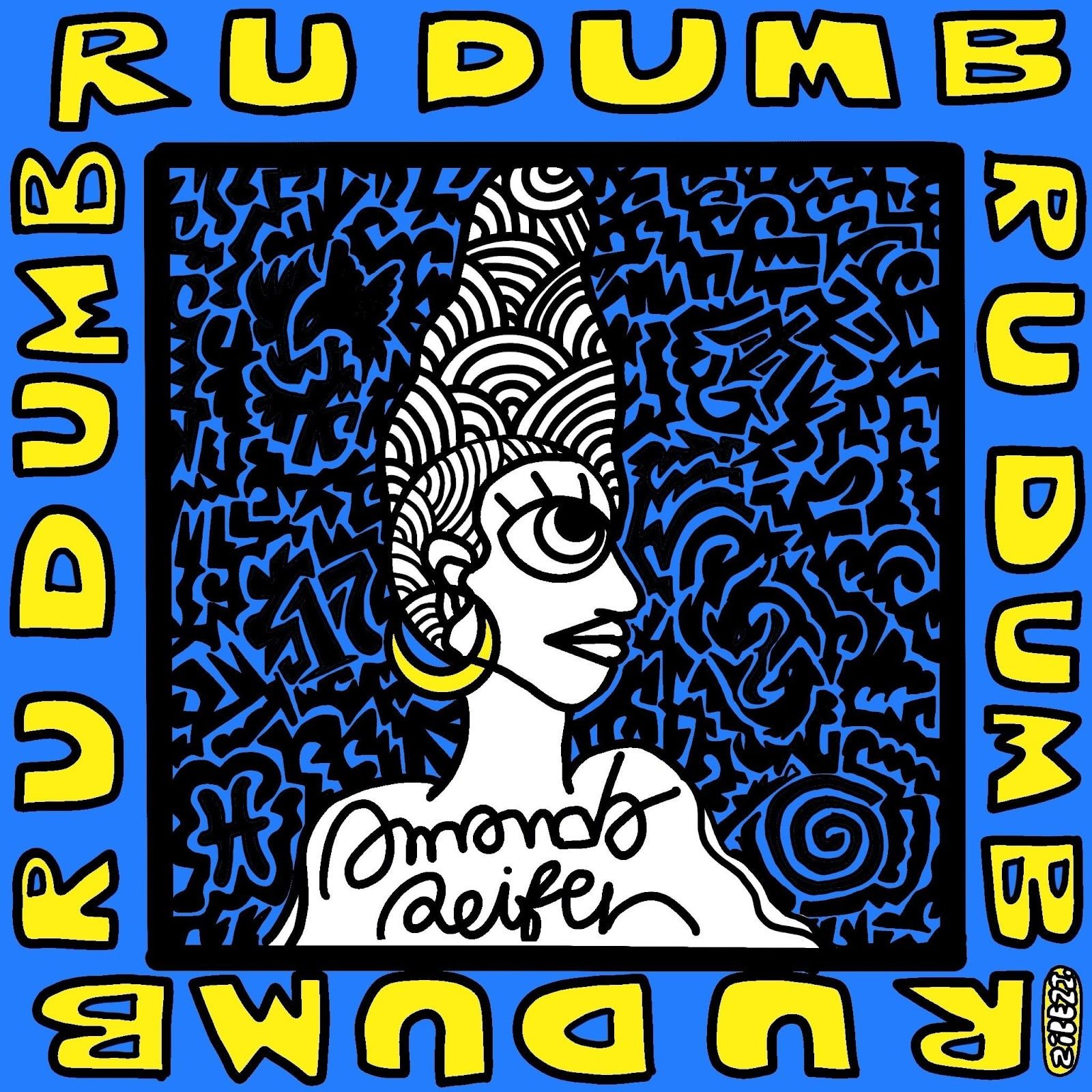
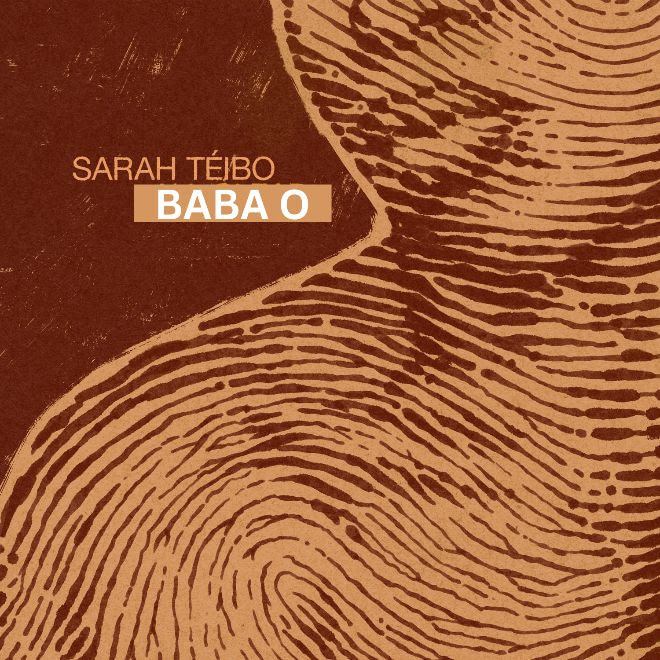

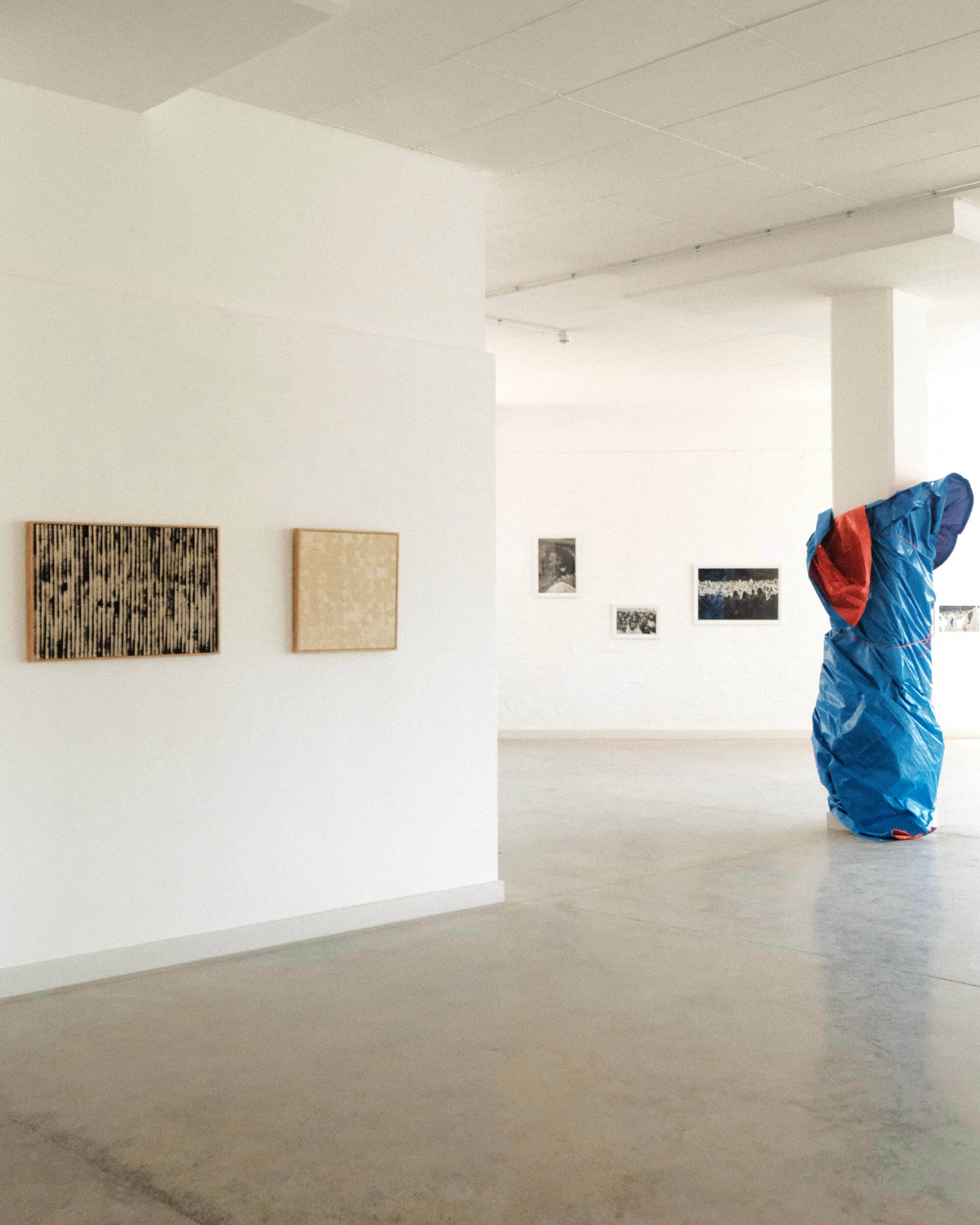
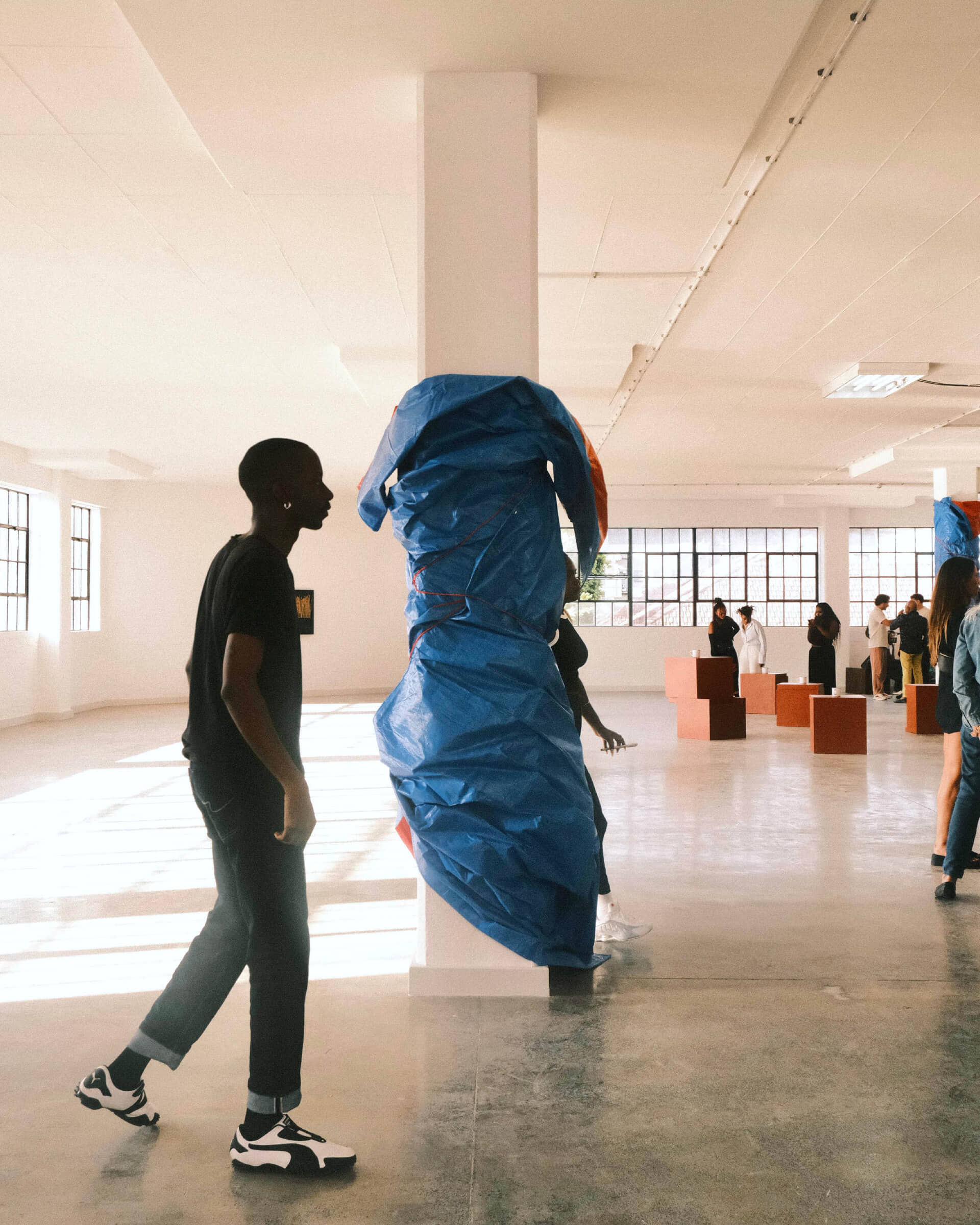
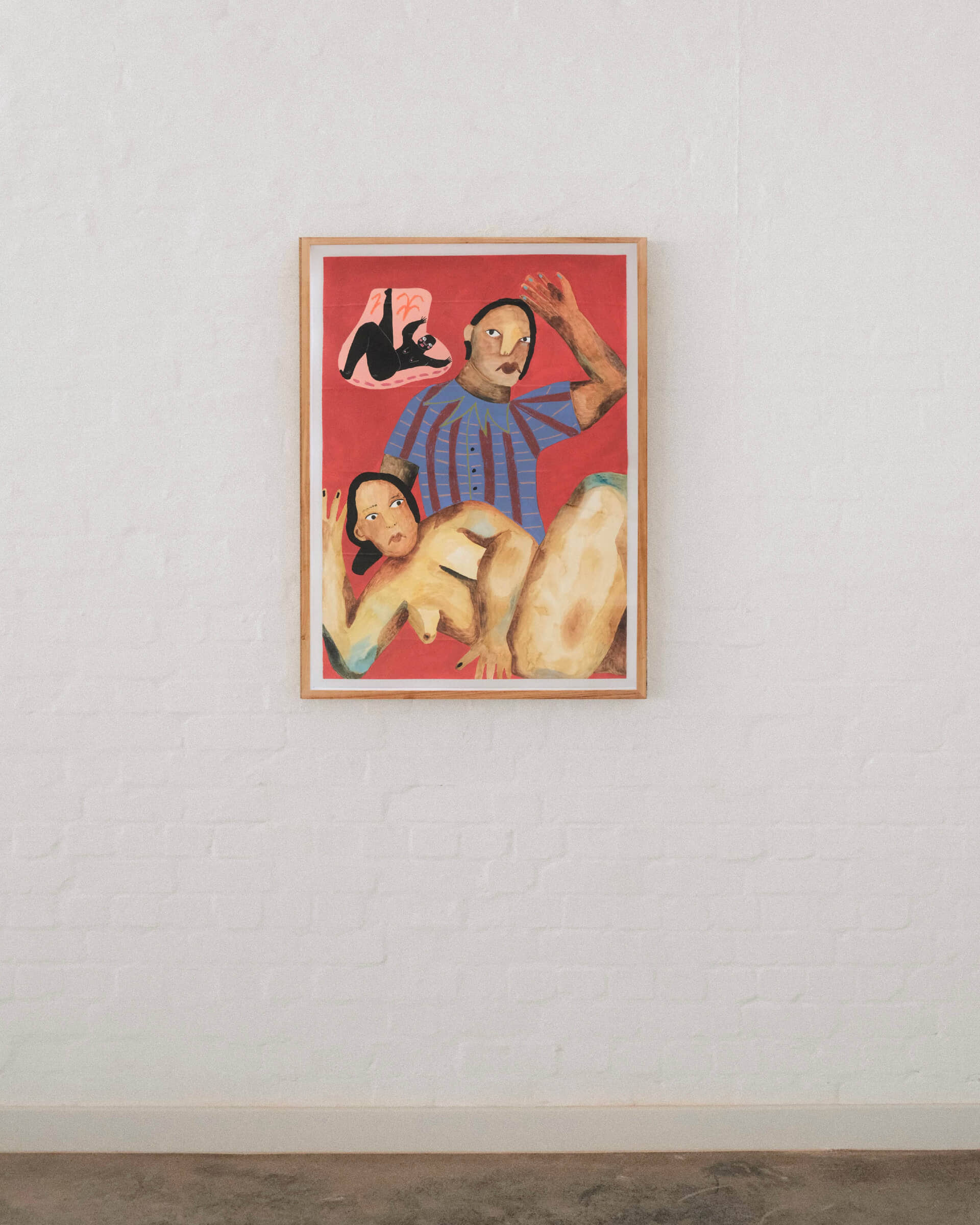
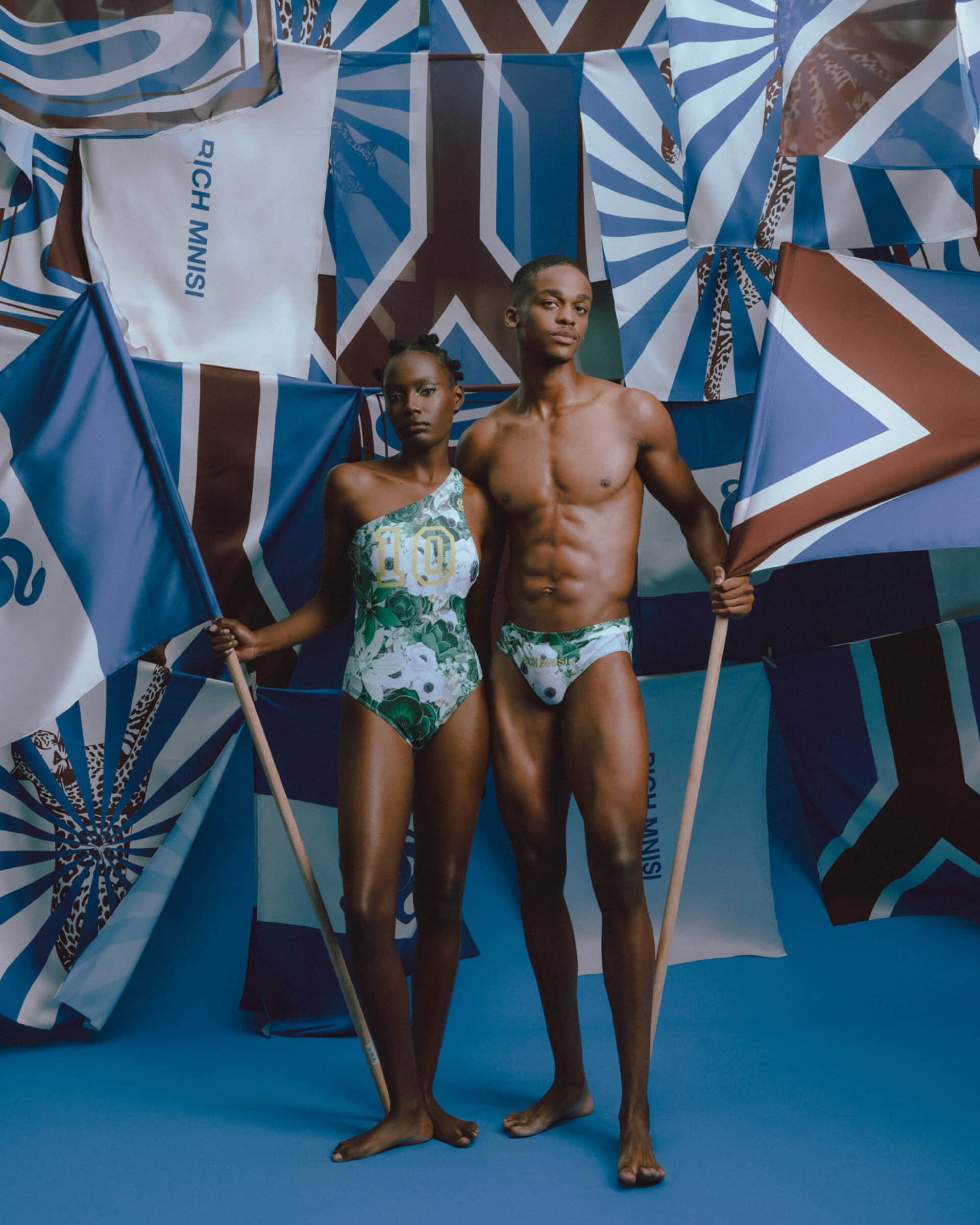
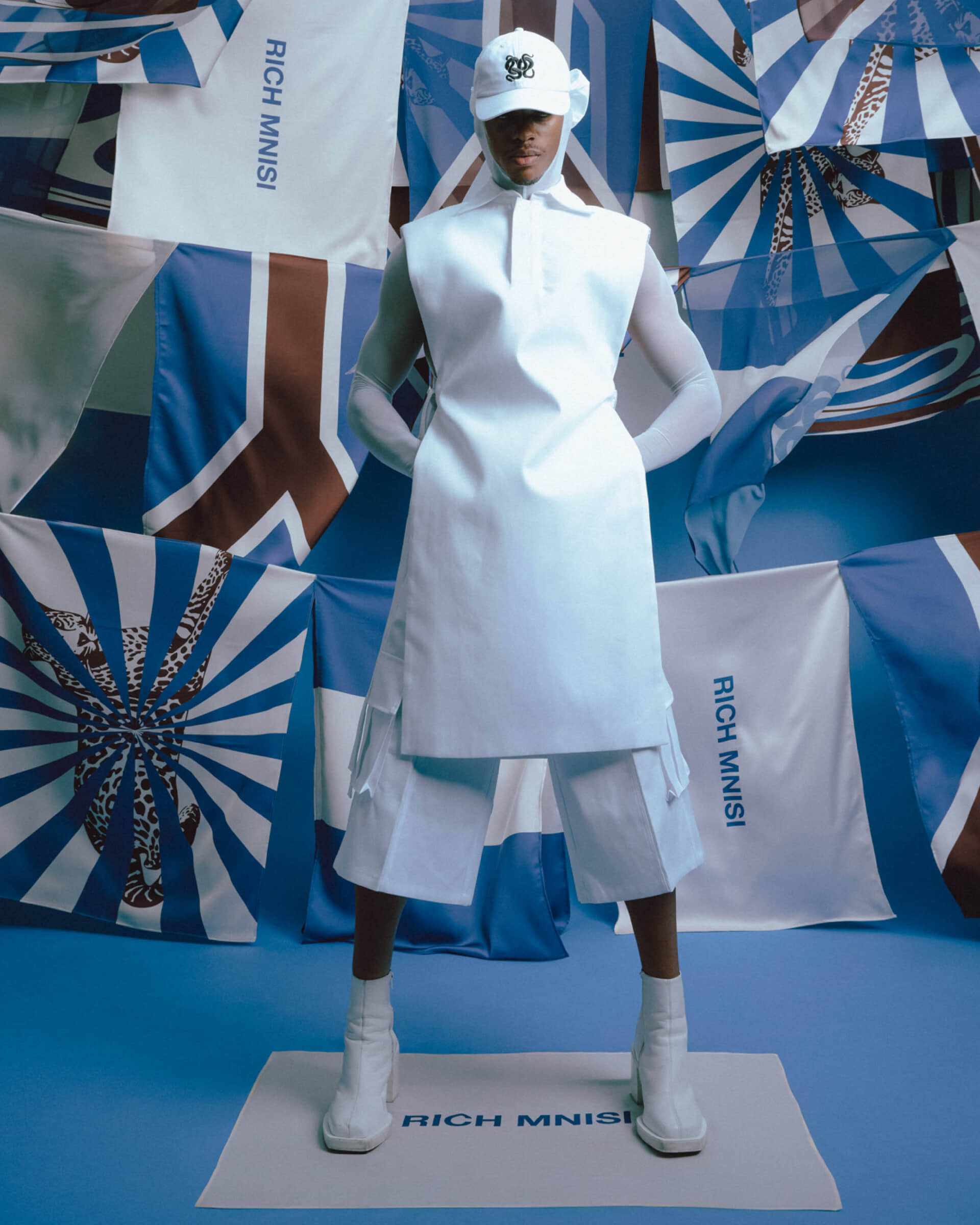
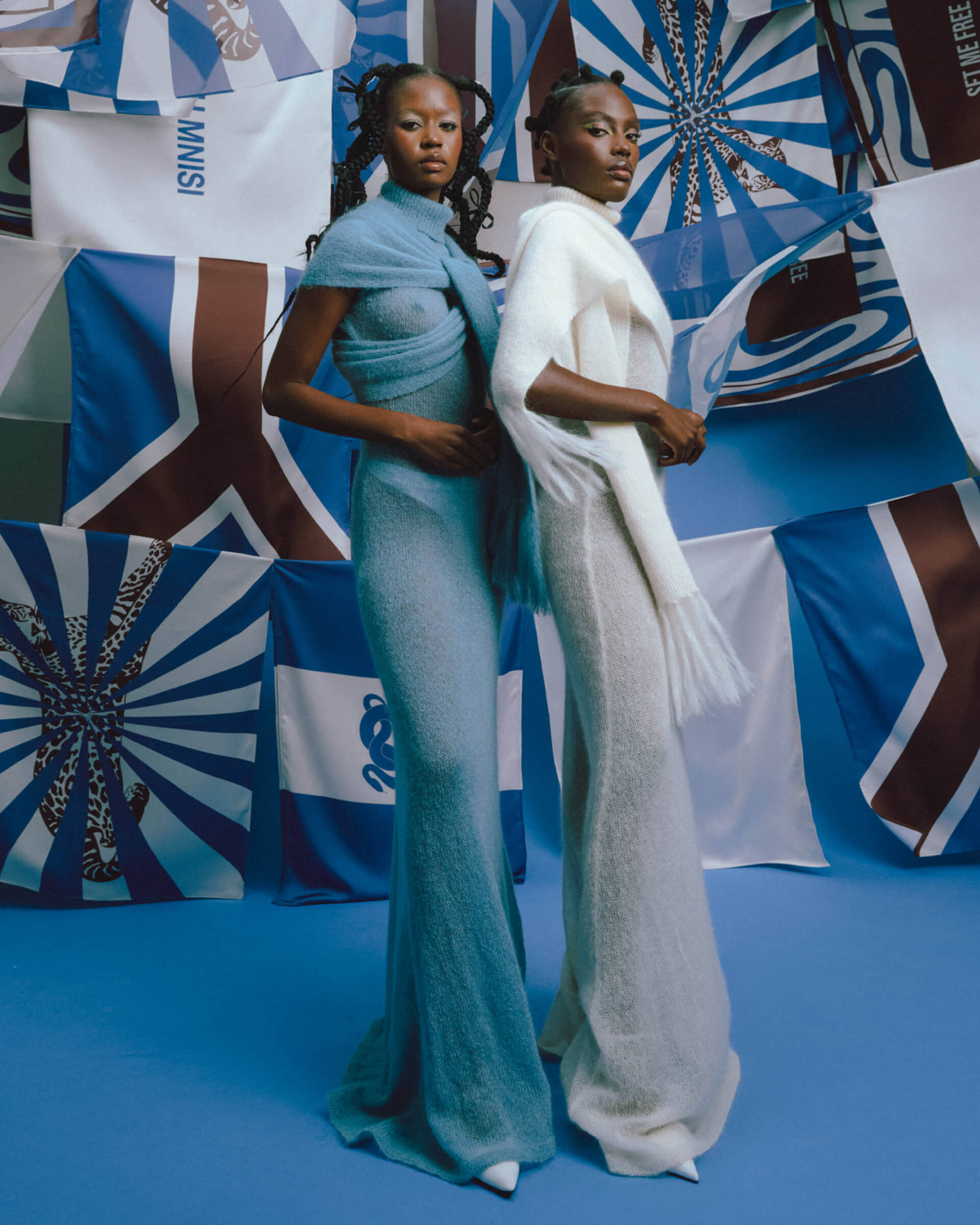
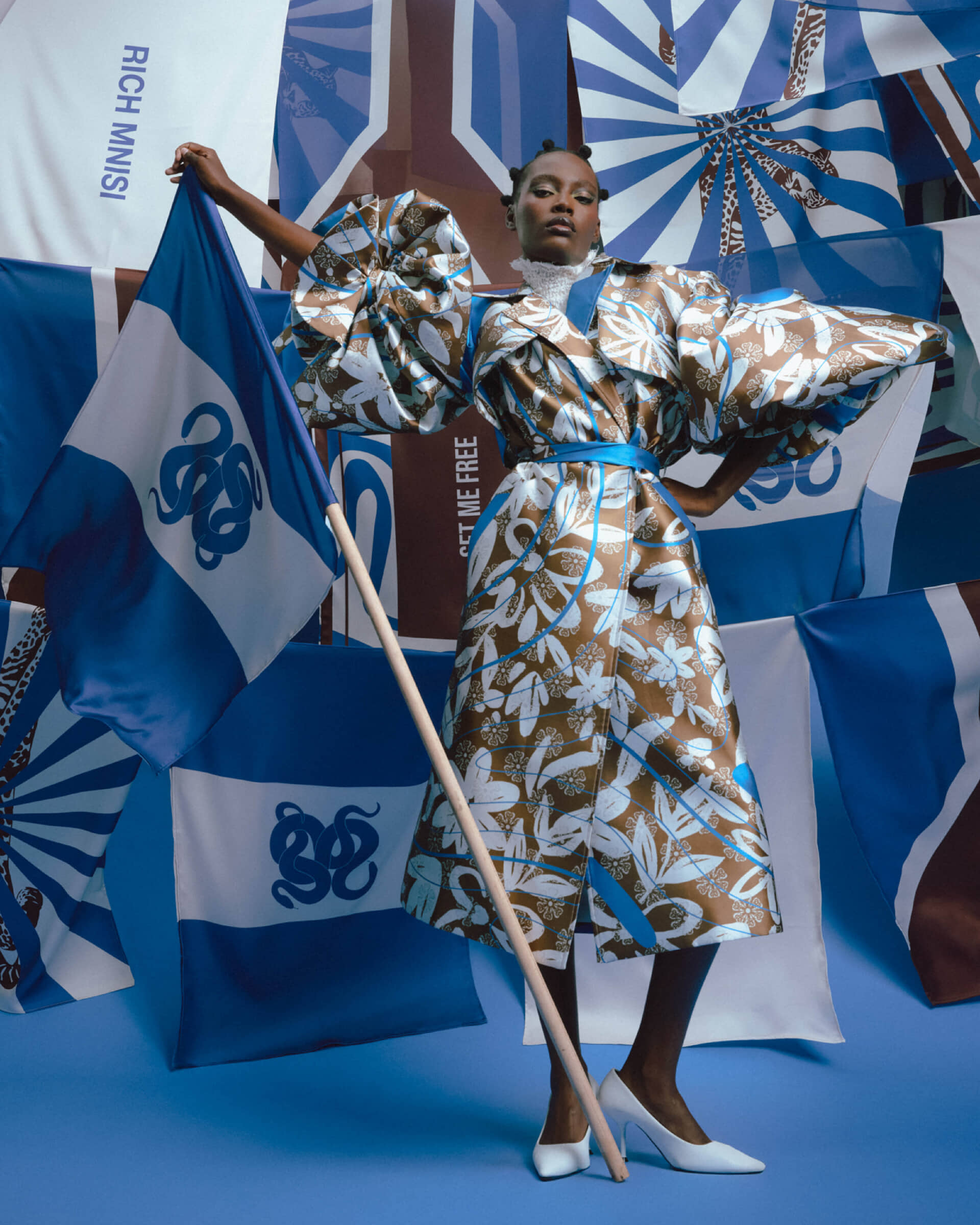
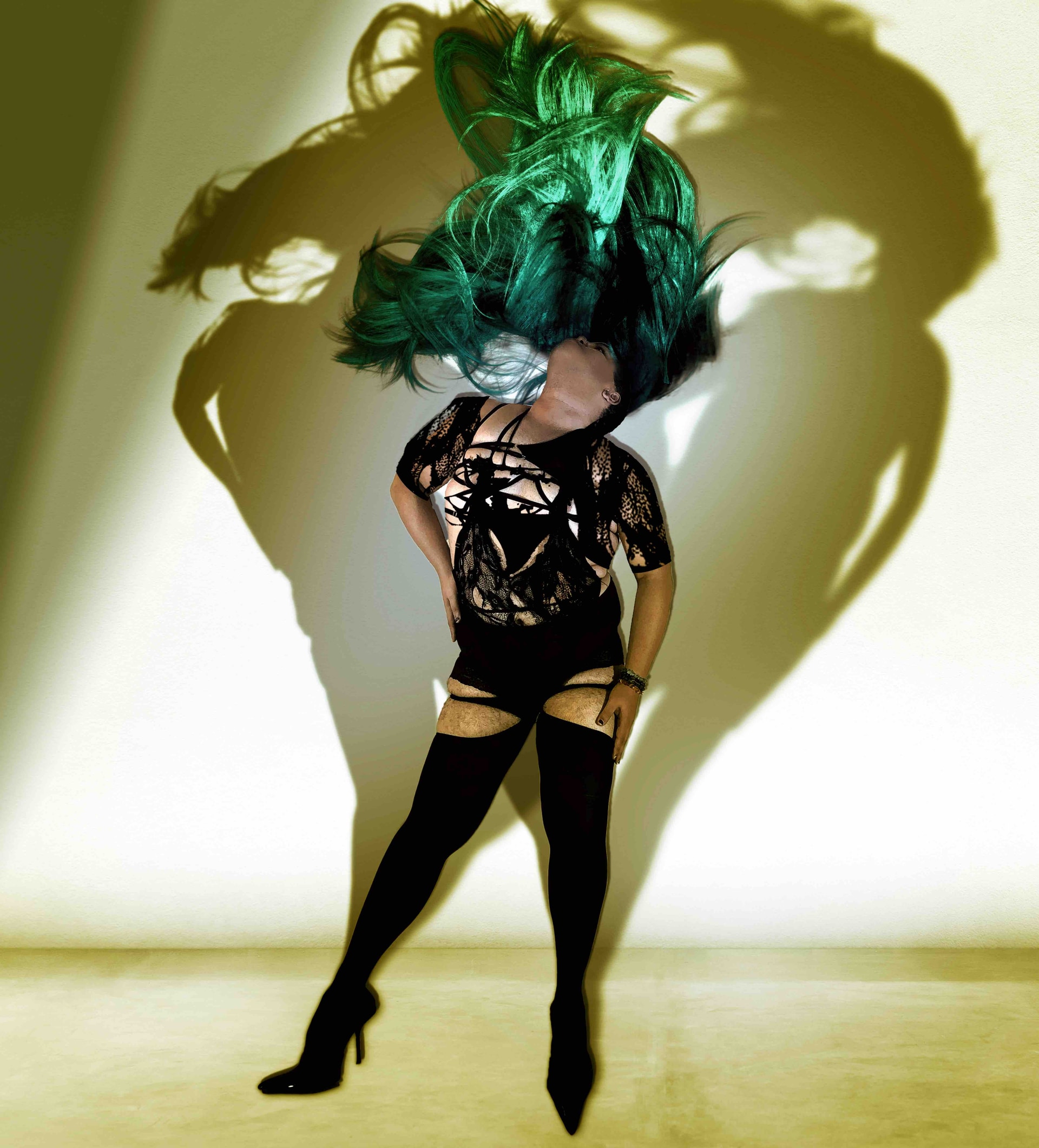
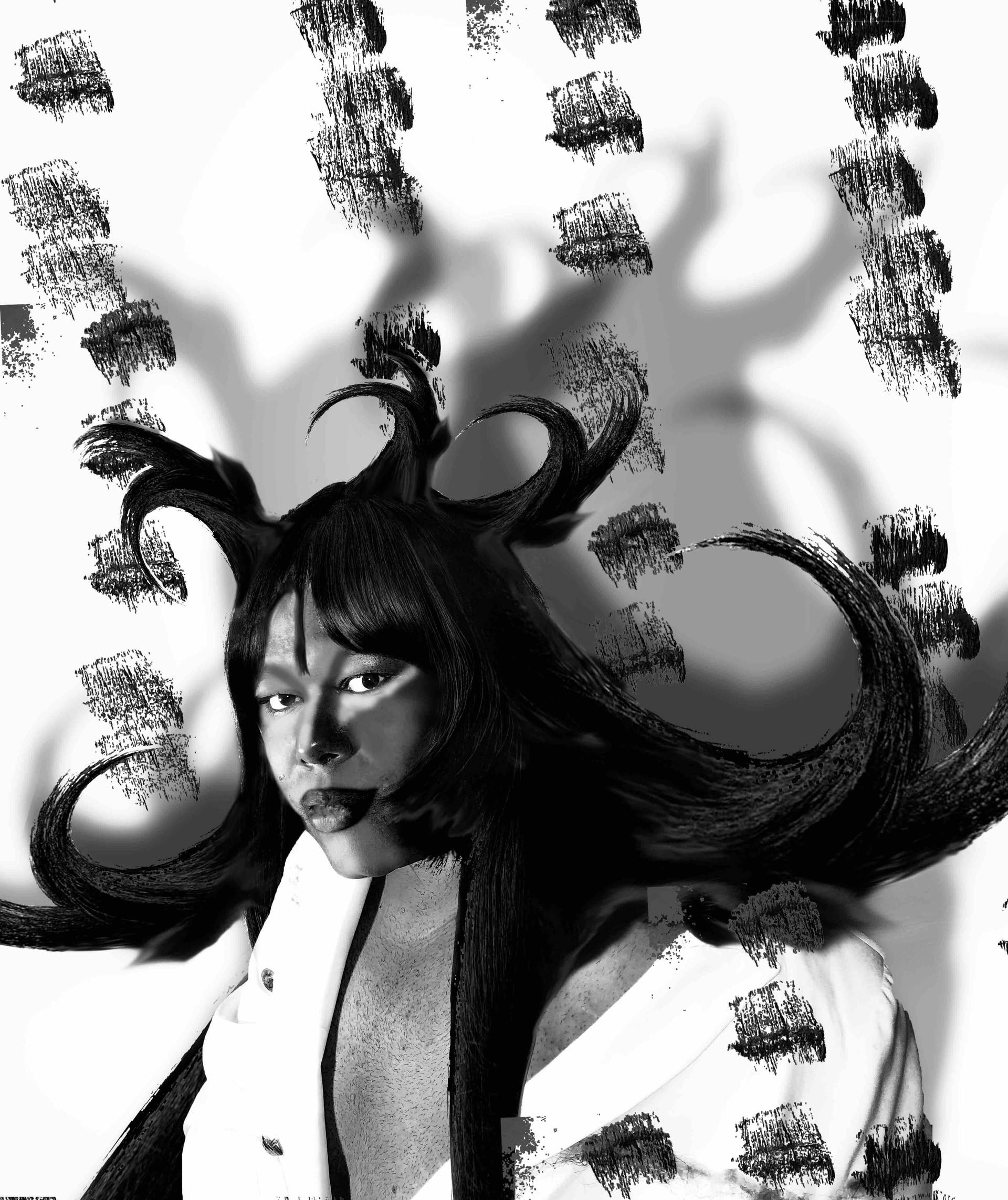
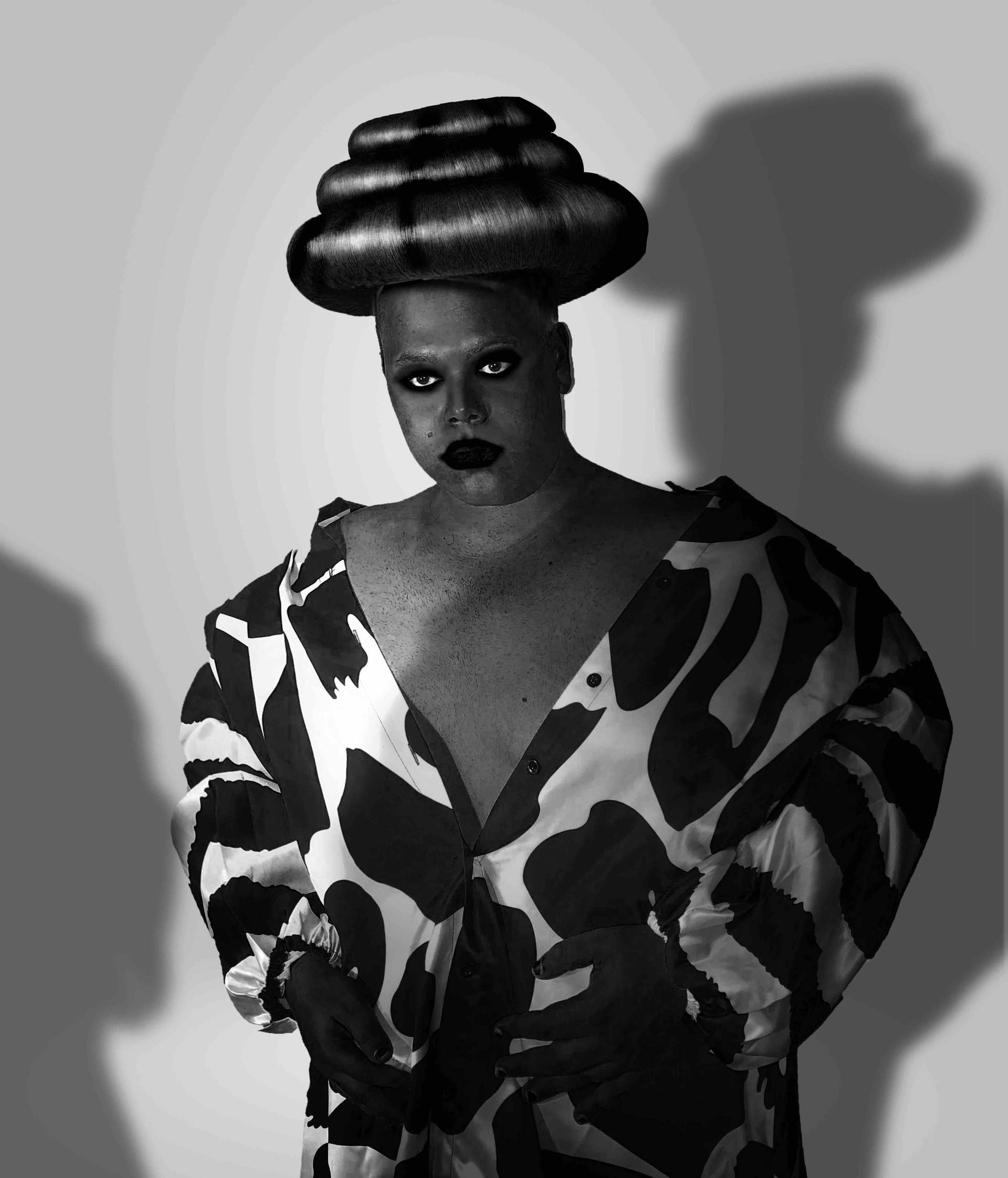
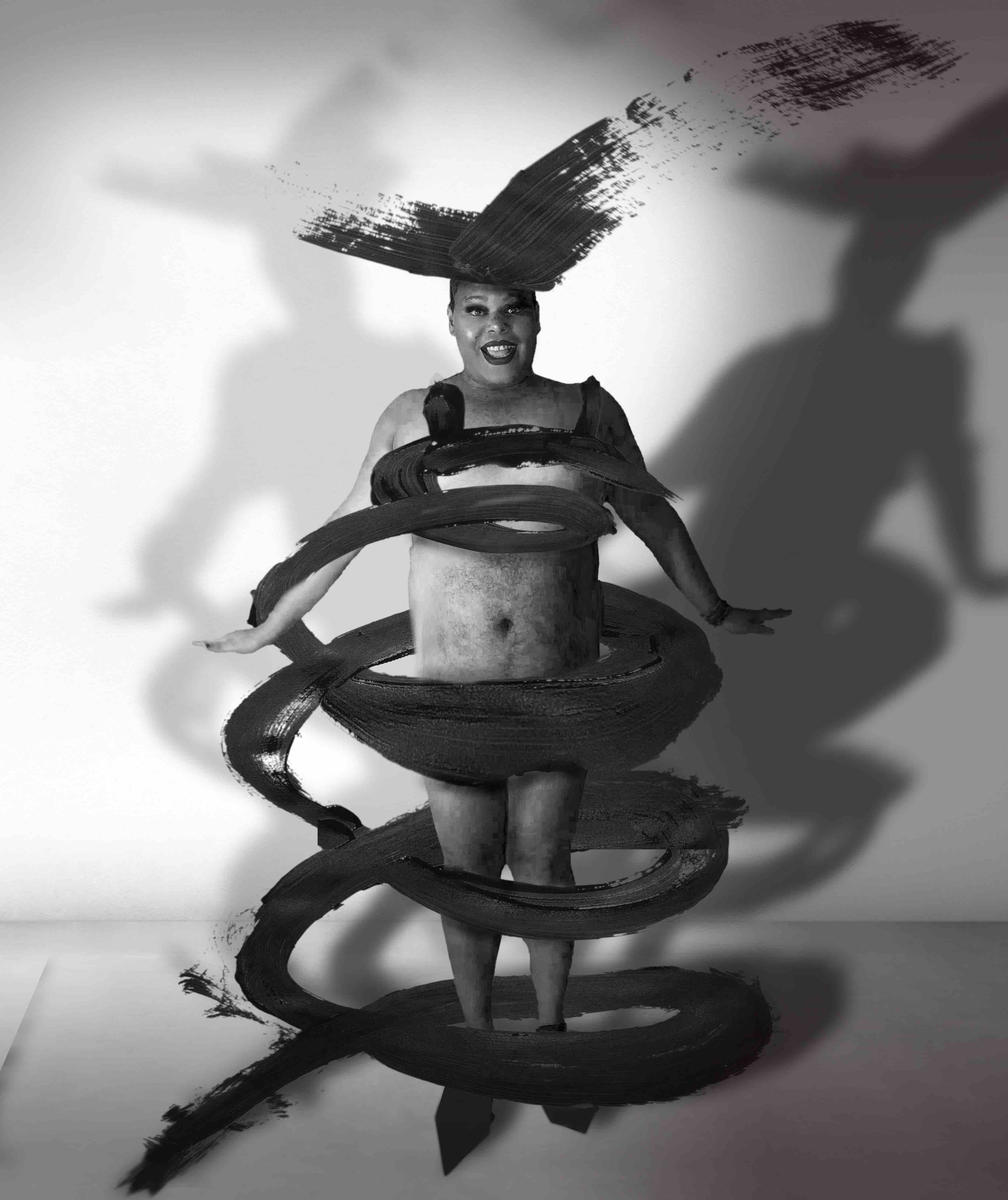


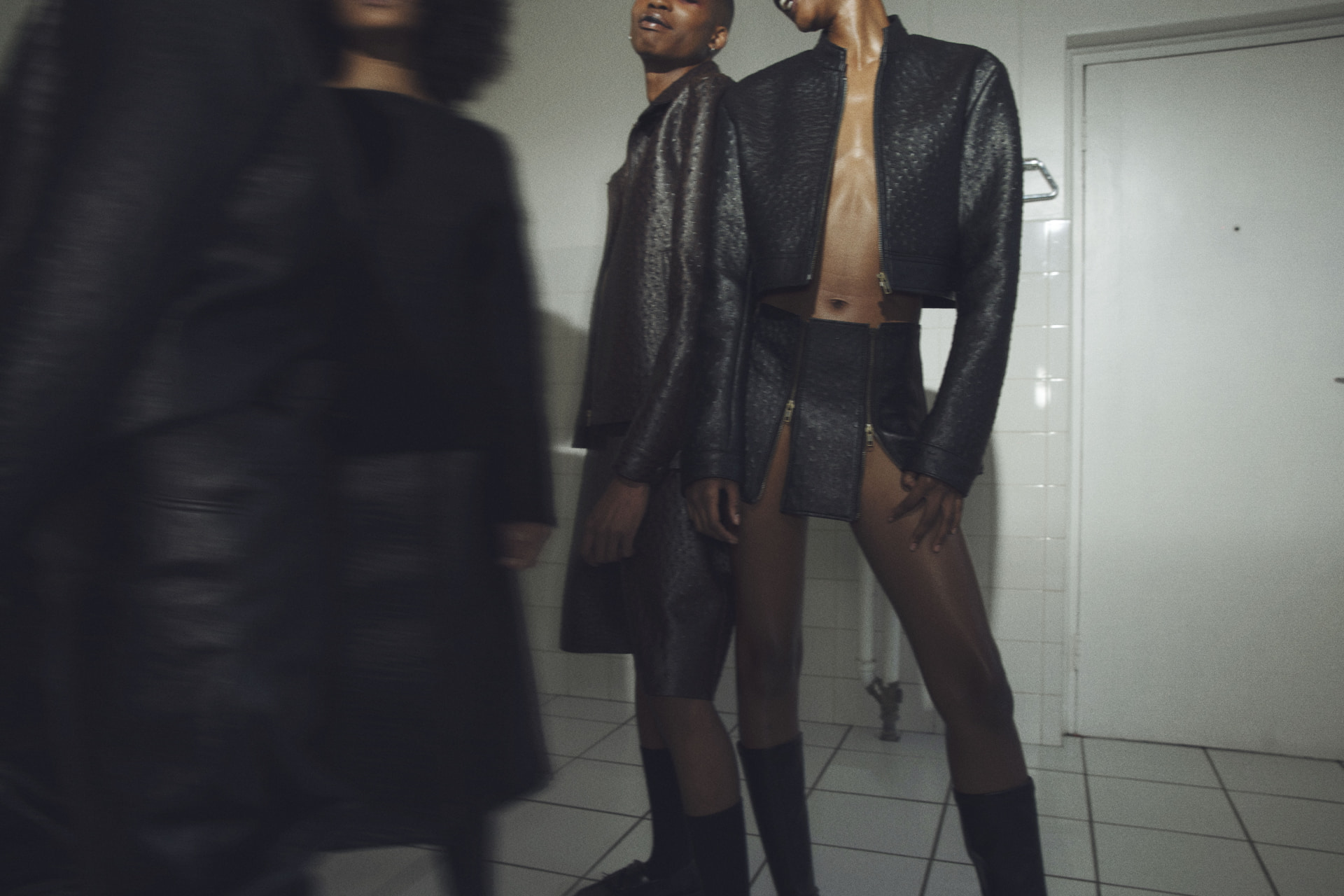
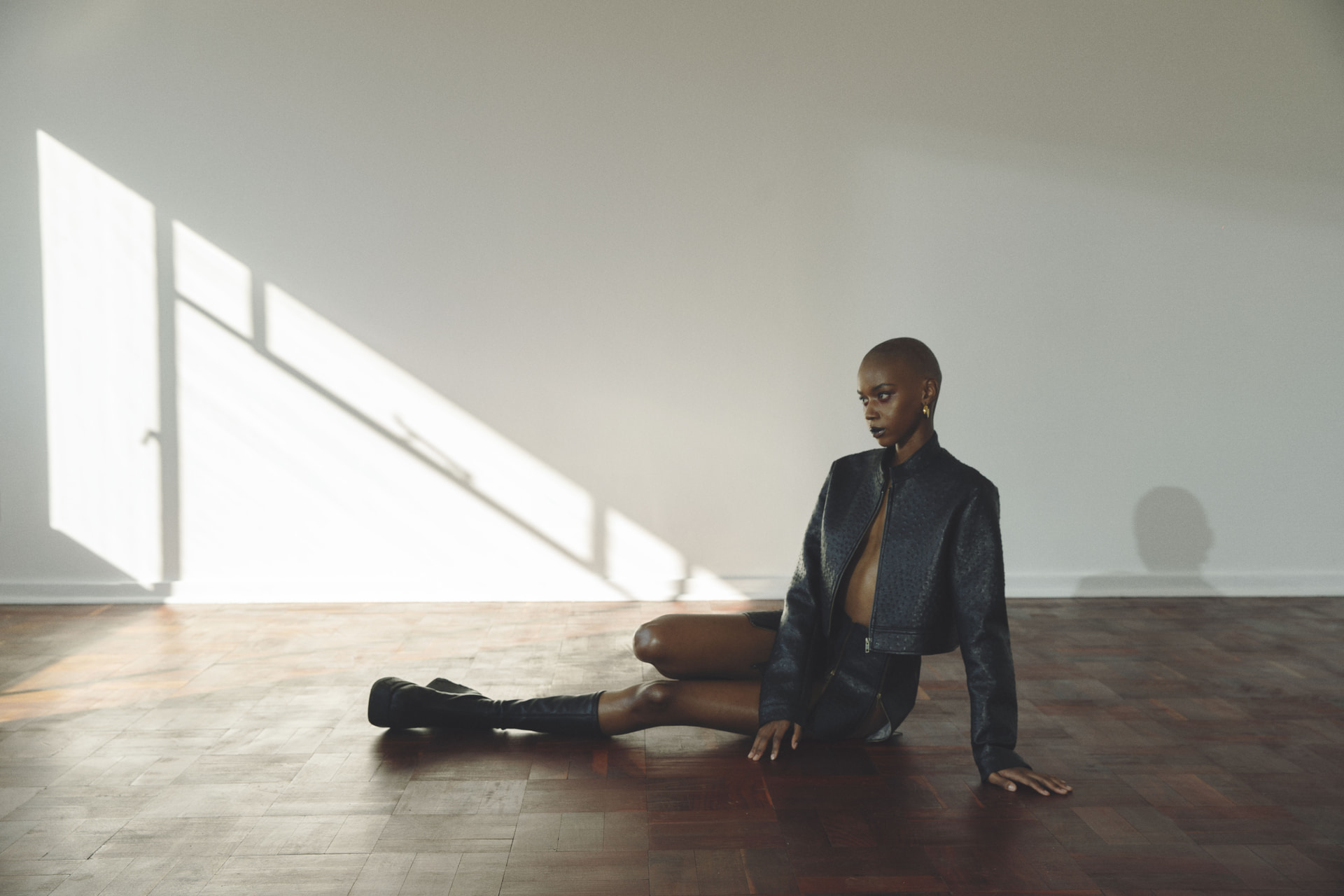
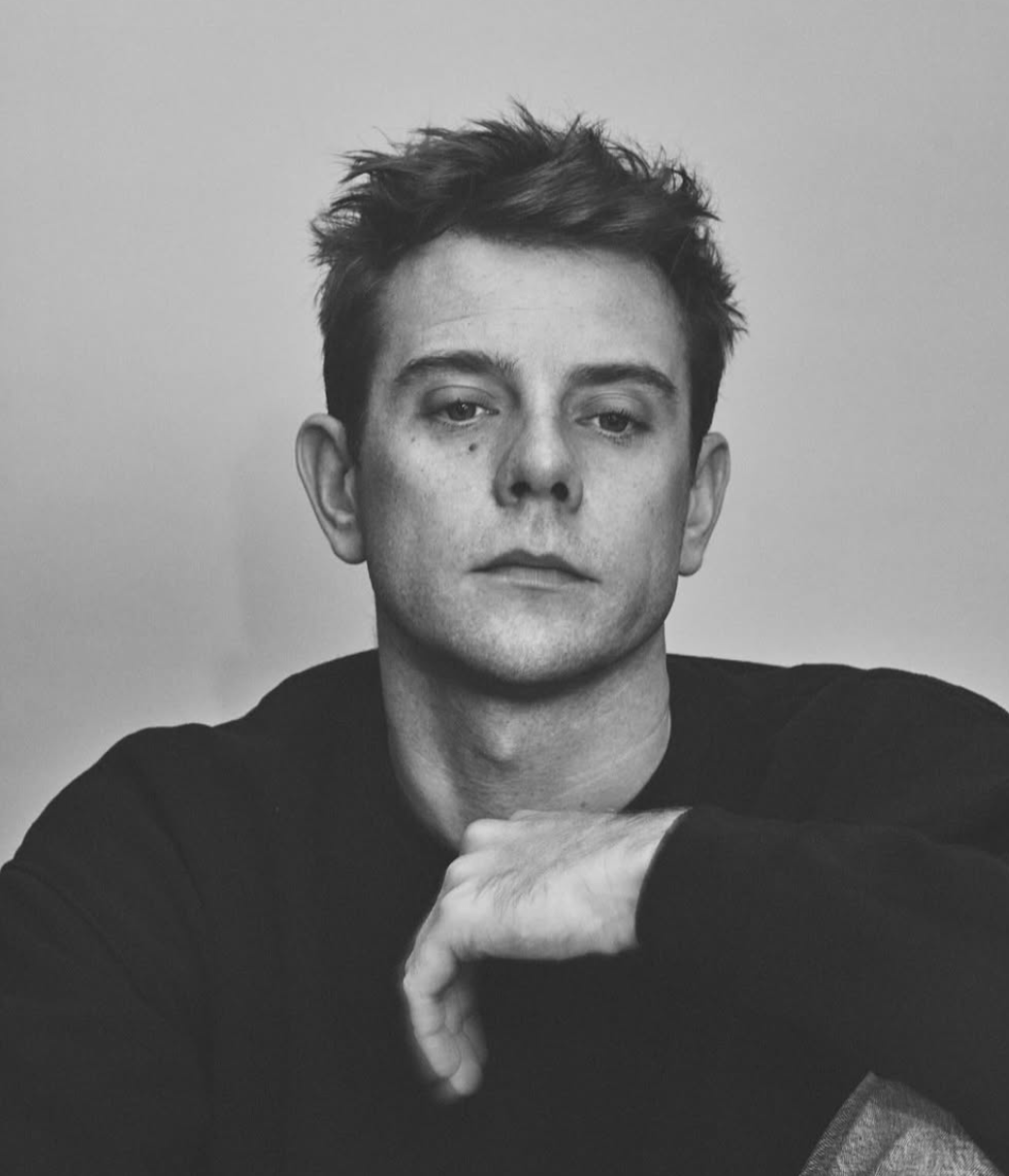
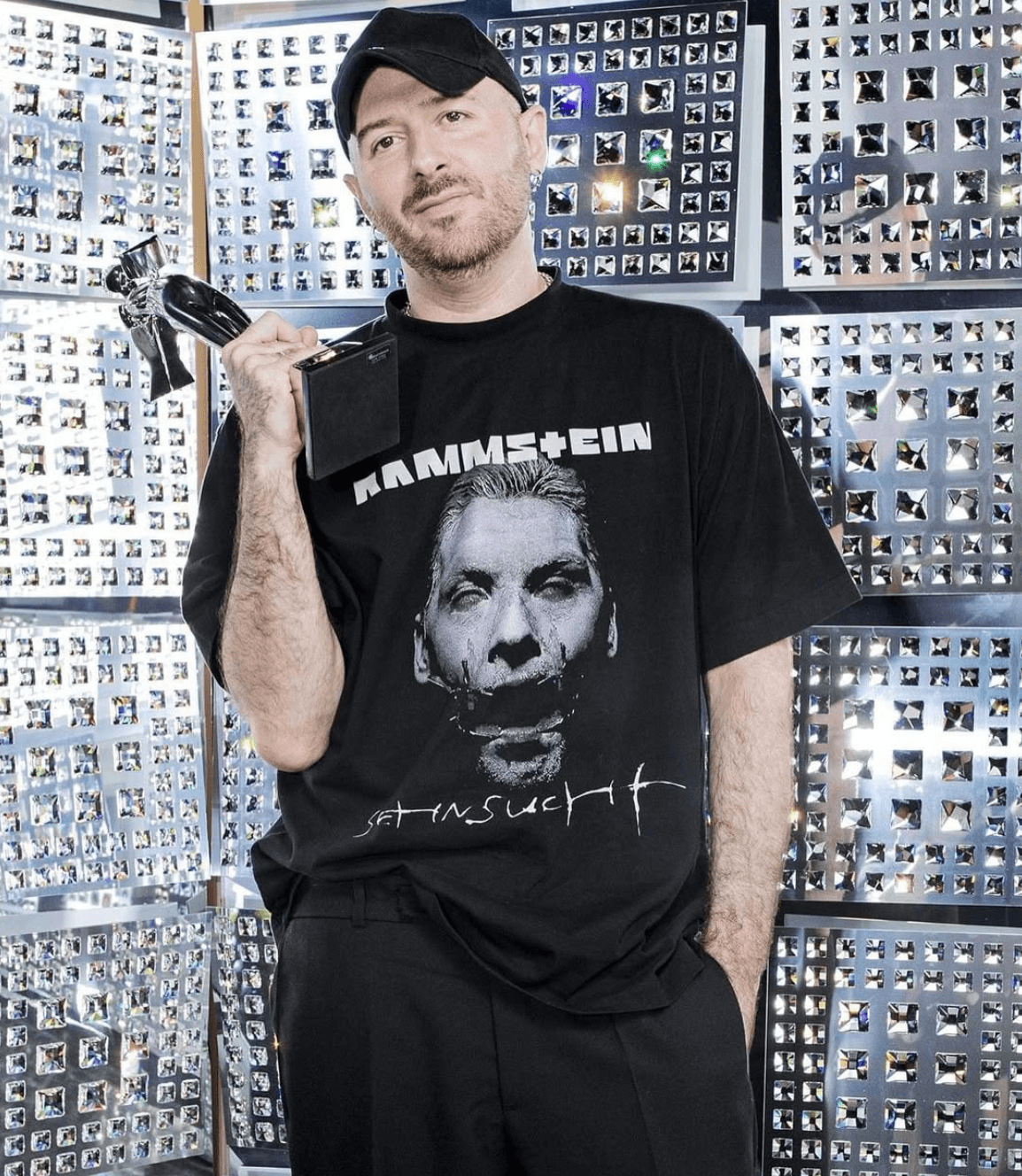

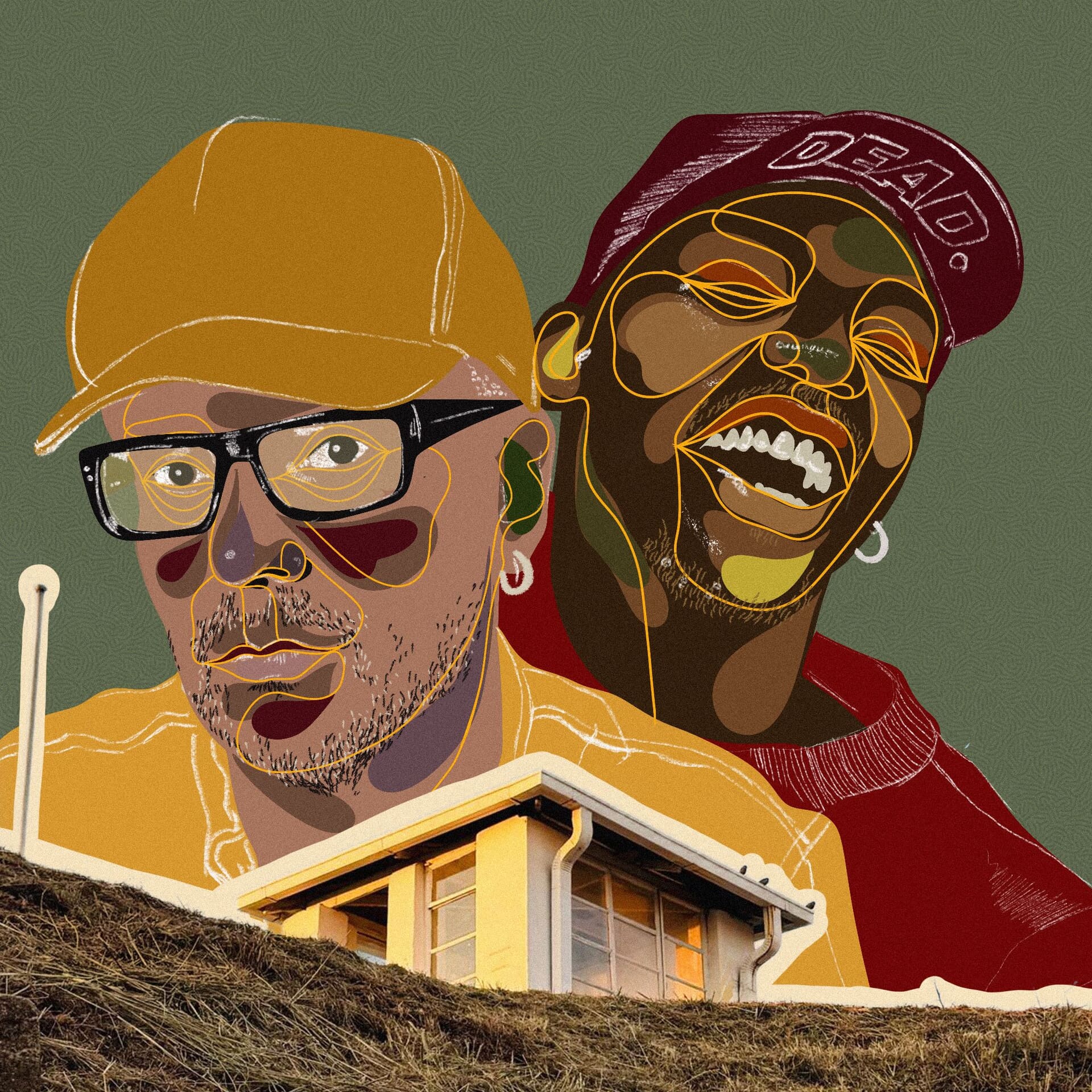
Recent Comments